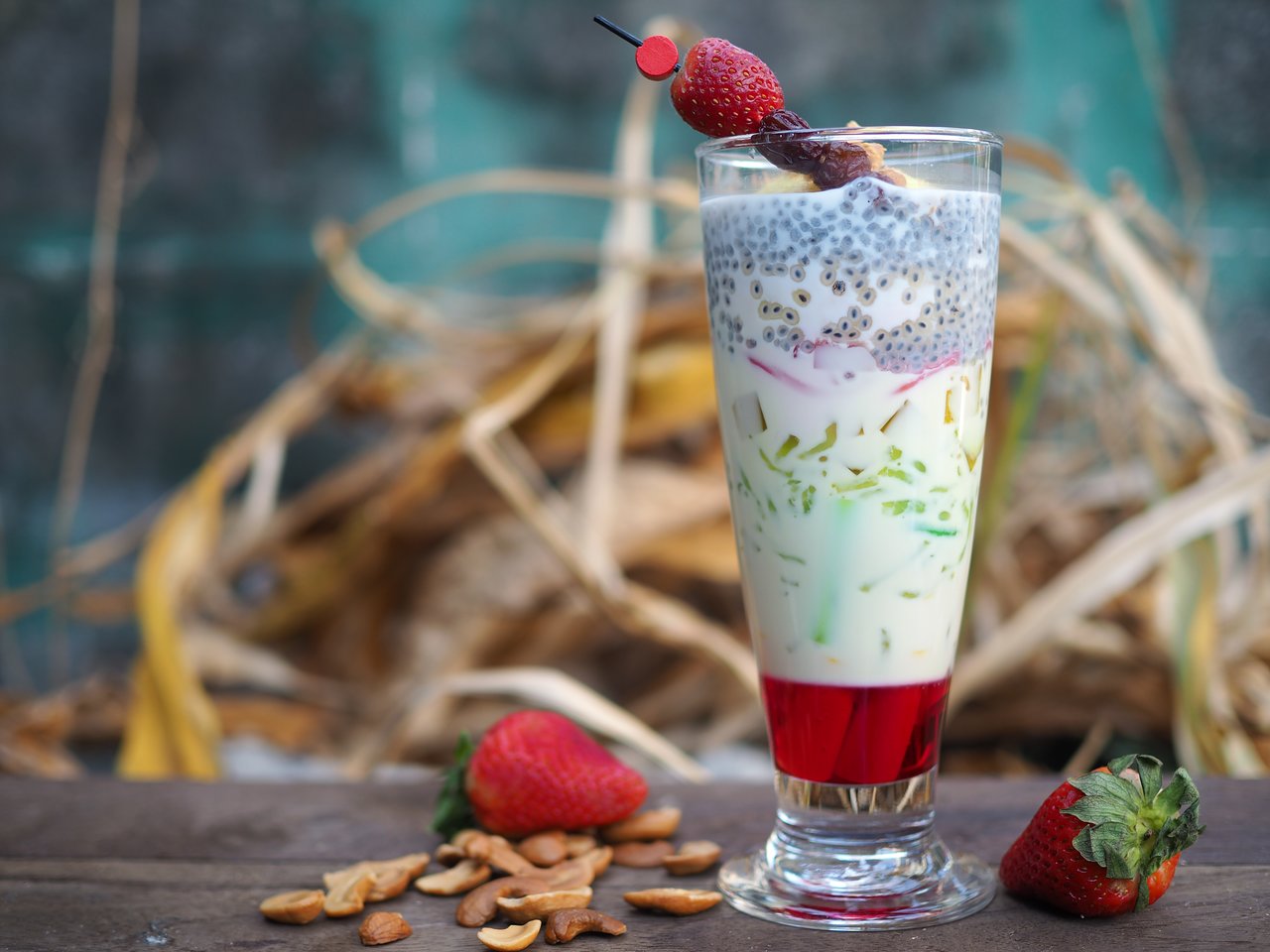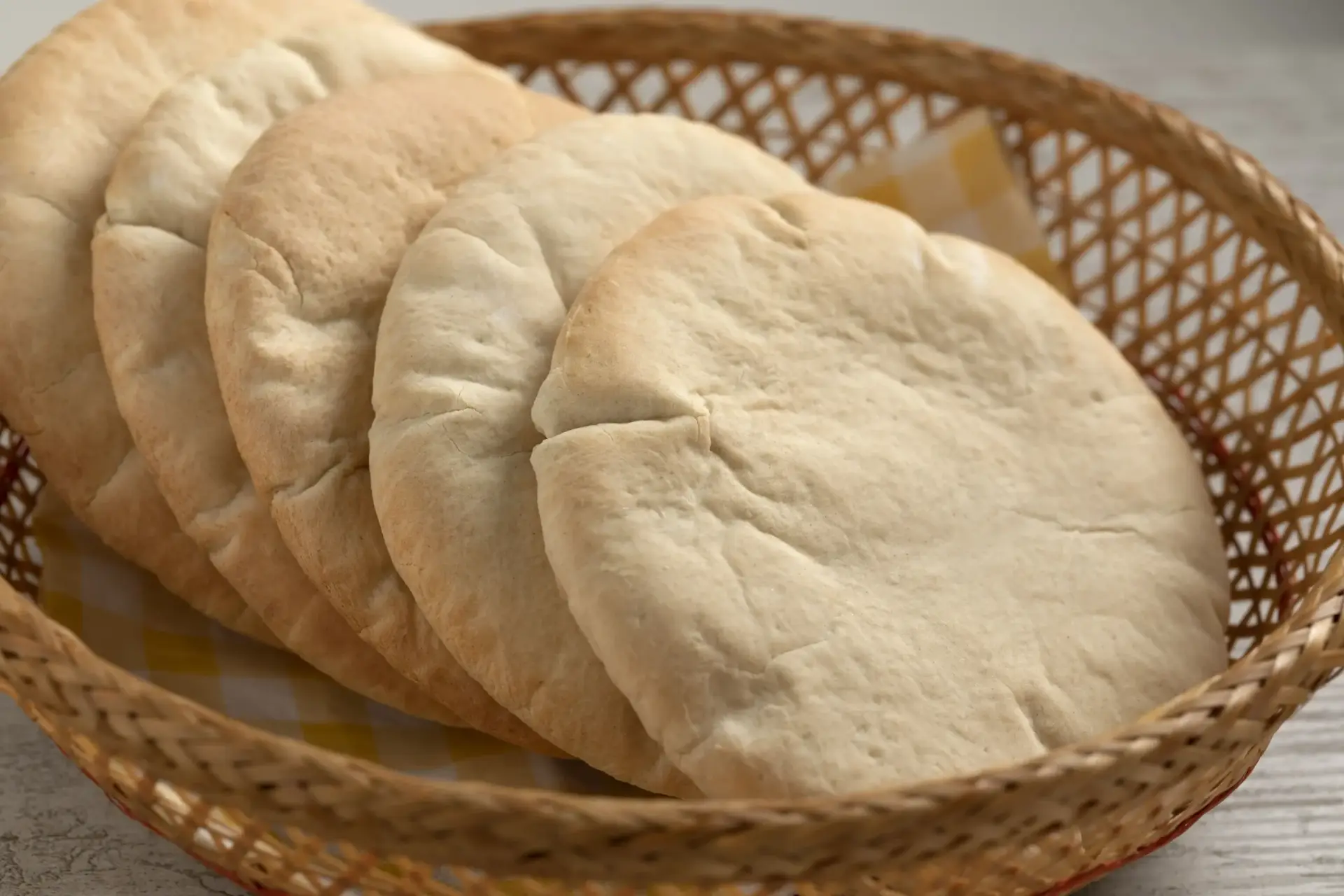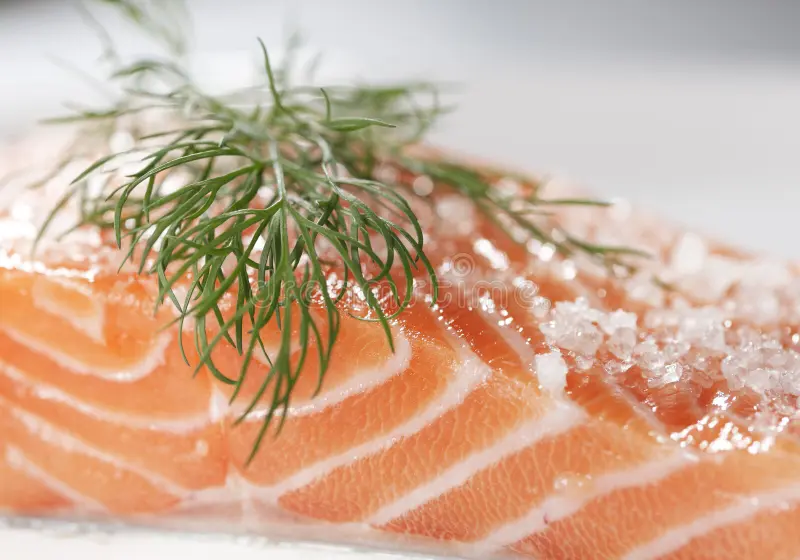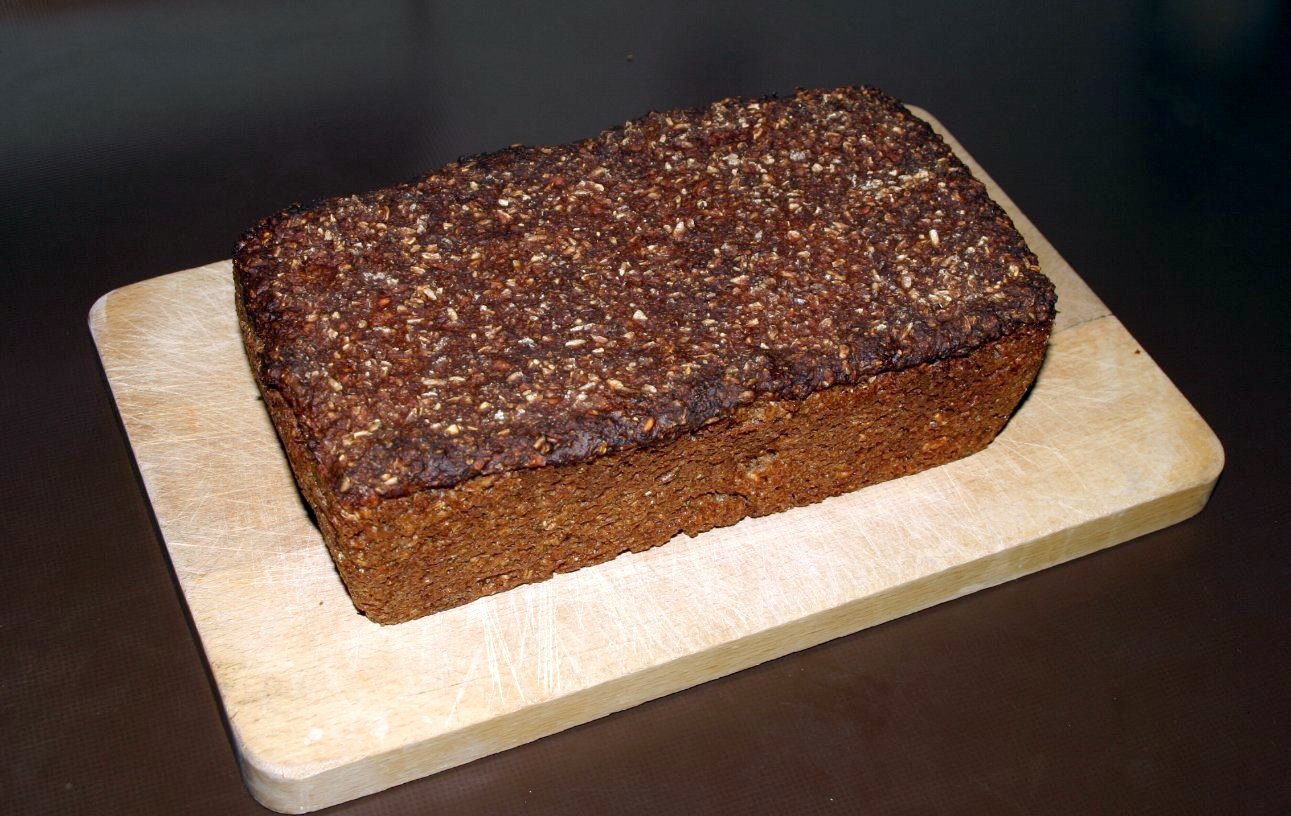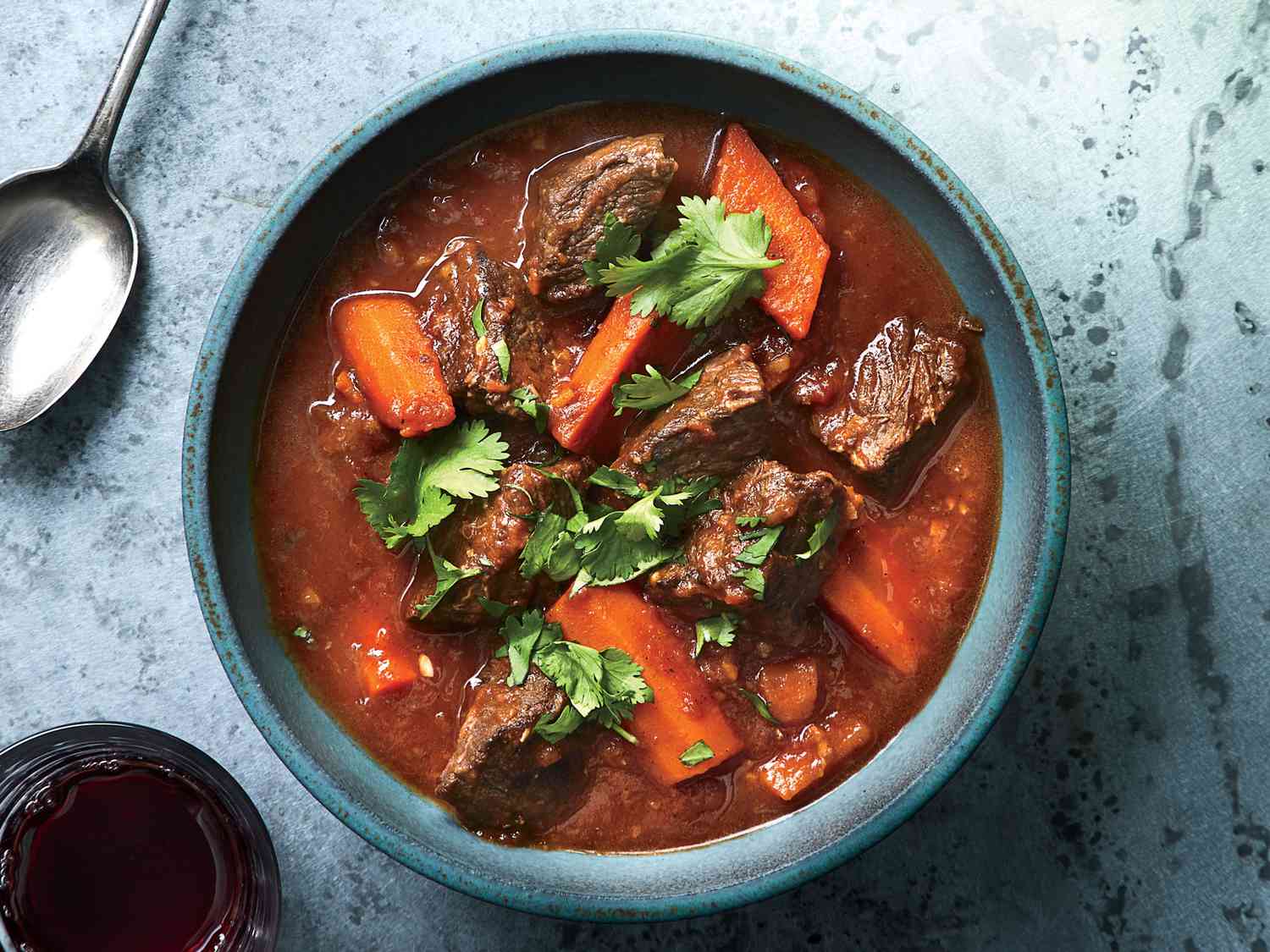Cokelat premium dikenal karena rasa dan kualitasnya yang luar biasa, tetapi apa sebenarnya yang membuat cokelat ini begitu istimewa? Kunci dari kelezatan cokelat premium terletak pada bahan-bahan yang digunakan, terutama biji kakao berkualitas tinggi. Cokelat premium biasanya dibuat dari biji kakao yang dipilih dengan cermat dari berbagai daerah penghasil kakao terbaik di dunia, seperti Venezuela, Ekuador, atau Ghana. Proses pemanggangannya pun dilakukan dengan sangat hati-hati untuk mengeluarkan rasa alami dari biji kakao tanpa mengorbankan kualitasnya.
Selain situs slot mania bahan dasar yang unggul, proses pembuatan cokelat premium juga sangat memengaruhi rasa akhirnya. Pembuat cokelat yang berpengalaman akan melalui berbagai tahap pengolahan yang presisi, mulai dari penggilingan kakao, pencampuran dengan bahan lainnya seperti gula, susu, atau bahkan rempah-rempah, hingga proses tempering yang menghasilkan cokelat dengan tekstur halus dan kilau yang sempurna. Perpaduan teknik tradisional dan teknologi modern menjadikan cokelat premium memiliki tekstur yang melumer di mulut dengan rasa yang kaya dan kompleks.
Yang tak kalah penting adalah perhatian terhadap detail dan ketelitian dalam proses pembuatan cokelat premium. Setiap cokelat premium biasanya mengandung proporsi kakao yang lebih tinggi, memberikan rasa pahit yang seimbang dengan sedikit sentuhan manis. Inilah yang membedakannya dari cokelat biasa, yang sering kali mengandung bahan tambahan dan gula dalam jumlah lebih banyak. Bagi penggemar cokelat sejati, kelezatan cokelat premium bukan hanya soal rasa, tetapi pengalaman menikmati cokelat yang memanjakan seluruh indera.


